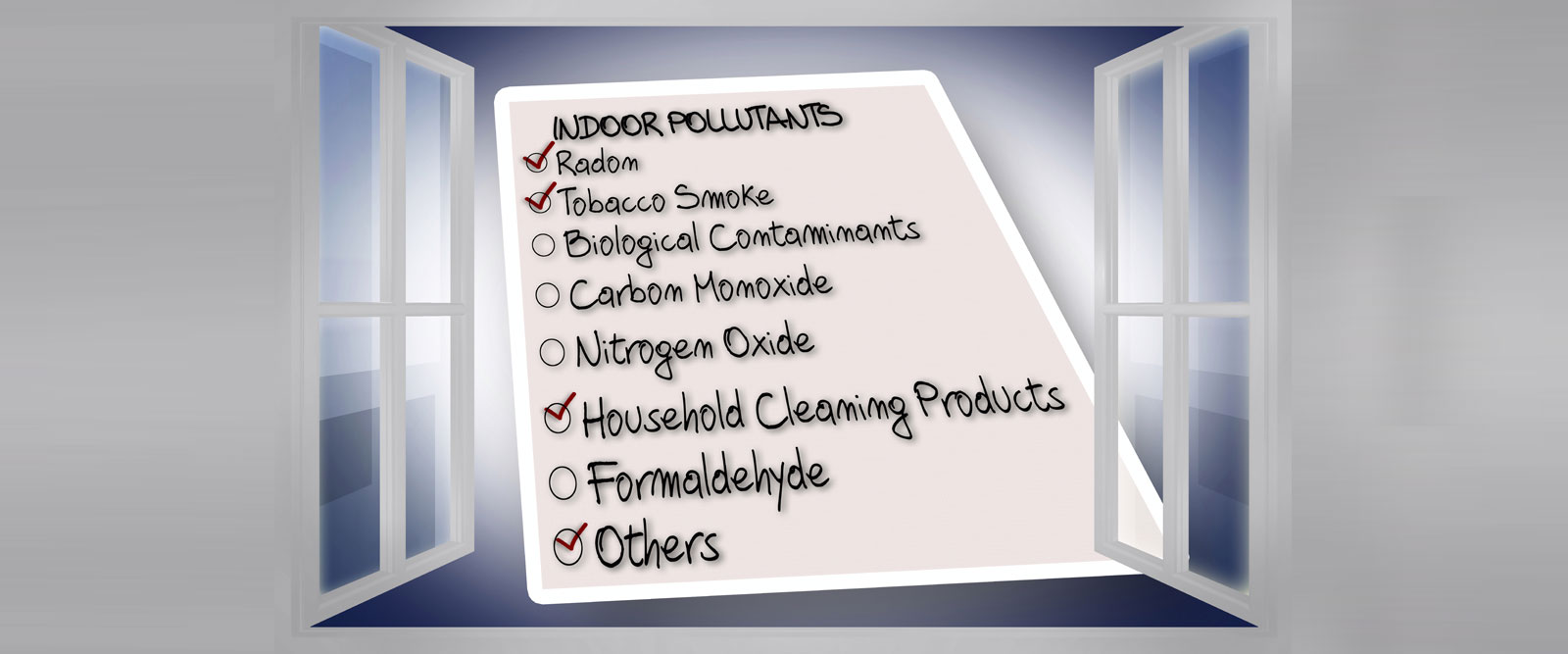5 Indoor Air Quality Tips for The Winter

Maintaining Fresh Indoor Air Quality During Winter Months
Originally, homes built in the U.S. had no problem with a ready supply of fresh, outdoor air; the building envelop had plenty of gaps and voids that circulated the air between the indoor and the outdoors. Due to the increase in fuel cost, beginning around 1978 building materials and techniques changed to eliminate the voids and reduce the free flow of air.
This keeps conditioned air—heated or cooled—inside and the unconditioned air outside. It works! The average new home will have a complete air change (by volume) every hour, still, three times the rate recommended to provide fresh air to all of the occupants in a building. By comparison, older homes before weatherization might have 4 to 8 air changes per hour (ACH). That is downright drafty in comparison.
The pendulum has begun to swing in the opposite direction. For the last 18 months, the focus has been on indoor air quality and the spread of harmful, airborne contaminants that cause illness. When the temperature drops we tend to go inside with doors and windows shut. Since our homes are built pretty “tight” for energy efficiency, any airborne virus or bacteria will recirculate more quickly and can lead to the spread of illness. Here are five options to help you bring more fresh air into your home, even during the heating season.
- Use your ceiling fans in cooperation with your HVAC system. When the blades turn in a clockwise direction, it pulls air up and redistributes the warm air down. Circulating air will be filtered more often and more contaminants will be removed by the air filter. Moving the air internally does not bring in fresh air, but does improve indoor air quality.
- Open a window or door on the occasional warm day. Even if you open the window just a few inches for a couple of hours, the air exchange will happen quickly. Turn the heat down a bit and reintroduce the family to crisp outdoor air.
- Let bathroom and kitchen fans run intentionally to draw in outdoor air. Remember the voids and cracks? The exhaust fans push indoor air outdoors, including contaminants, moisture, fumes, and bad odors. This creates a minor vacuum inside the house, which actively pulls in air from the outside through those voids and cracks.
- Another option is a supply ventilation system, which works in the opposite direction of exhaust fans. Contact an HVAC professional to discuss installing a supply system that pulls in outdoor air creating positive pressure inside the house. This system pushes air out through the same voids and cracks while providing clean air from the outside.
- Your HVAC professional can also inform you about the installation of a balanced ventilation system. There are two types of balanced ventilation systems; the heat recovery ventilation system and an energy recovery ventilation system.
Both systems exchange air through ducts instead of through gaps and voids. Your HVAC professional can help you determine which type of system will be most beneficial for your home.
Need Help Improving Your Indoor Air Quality For Winter?
Call for information regarding Maintaining Fresh Indoor Air During Winter Months.
Call Doctor Cool & Professor Heat today at 281-338-8751 or email Doctor Cool for tips about improving your indoor air quality during the South Texas winter.

5 Indoor Air Quality Tips for The Winter
